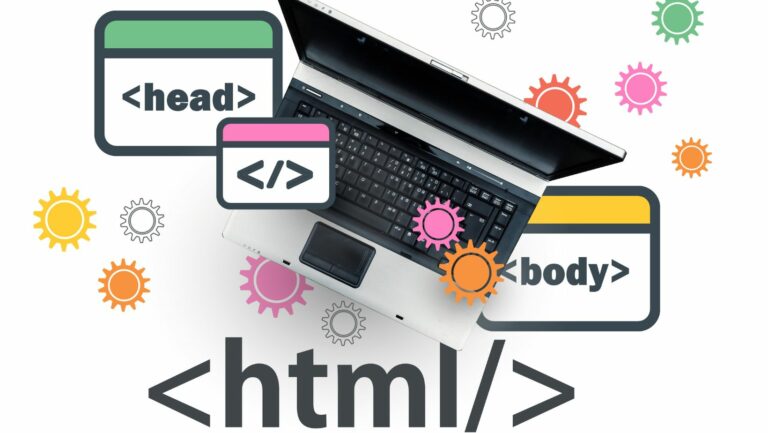HTML and WordPress are two popular website-building options, but the time, cost, and end product can vary depending on which you choose. This article will compare the functionality of a WordPress site to a static HTML site to help you find the right solution.
Static vs. Dynamic Websites
A static HTML website consists of an HTML file library, with one HTML file per webpage. When someone visits a static site, their browser sends the server a request. In response, the server retrieves one HTML file and a few accompanying scripts and style sheets. These are displayed in the browser. A static HTML page can change only if someone modifies the HTML code.
Maintaining a static HTML site is inefficient because you have to code all dynamic or personalized content right into the HTML file and make all changes inside that file as well.
A dynamic website is the solution to this. Dynamic sites create web pages on the server when the server receives a request to open a page. When you visit a dynamic webpage, the server builds an HTML file from stored data using PHP or another programming language and then sends the new file back to the browser. This option is far more flexible and personalized for individual visitors.
While you can program a dynamic website from scratch, it’s easier to do it using WordPress or a website builder.
WordPress Ease of Use
You can own a WordPress website without needing to code. You can easily change its appearance, create and manage content, and configure the dashboard settings. Plugins can enhance and extend its features and functions.
You need to allocate more resources to leverage WordPress’s flexibility, though. Themes, plugins, and software updates are crucial to keep your website safe and avoid issues with compatibility. Small business sites, e-commerce sites, and brands that want to grow prefer this open-source CMS because of its intuitiveness, even if it requires more effort. Users might struggle with one aspect or another, but there are plenty of guides online, like this WordPress tutorial for beginners.
HTML Ease of Use
Changing a website’s appearance and adding and editing content are much harder on HTML. You don’t have a central location to automate these tasks, which is what WordPress’s dashboard is. You will need to write the code yourself.

You can speed up the website development process by using toolkits like BootstrapCSS. It has pre-designed navigation bars, tables, forms, buttons, and other elements.
WordPress Speed
PHP and the database slow down WordPress sites. The server must execute the PHP code and get information from the database whenever someone wants to access your site. This increases delays and load time because it requires more resources than an HTML site.
There are ways to speed up WordPress sites, like buying a CDN, choosing a fast hosting provider, and optimizing images.
HTML Speed
HTML sites are faster than WordPress sites if their code is optimized. You can take measures to optimize an HTML site for speed, such as eliminating comment sections, eliminating unnecessary white space, and using lazy loading for images. It also helps to cache site content regularly and reduce the inline scripts. Many of these steps will also make WordPress sites faster.
WordPress for SEO
WordPress lets you customize your meta descriptions, image alt-text, custom URLs, and headings right in your dashboard, making editing code unnecessary. You can make the site mobile-friendly by choosing the theme carefully – some are more responsive than others.

You can download a WordPress plugin to help you with SEO. Plugins like Yoast SEO, Redirection, and WP Rocket allow you to control many aspects of your site’s on-page and technical SEO.
HTML for SEO
Many ways to optimize a WordPress site for SEO also work for HTML. These include adding keywords in your posts, optimizing meta descriptions, meta titles, headings, URLs, and image alt texts, and linking to internal and external pages. HTML has no buttons or plugins to help with this, so you’re on your own.





